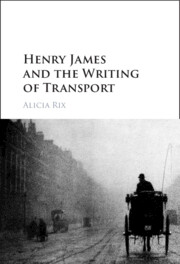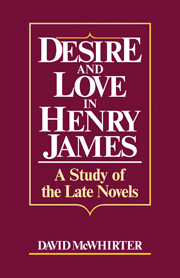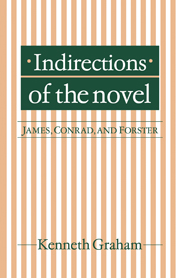Henry James and the Writing of Transport
Few studies of Henry James and travel attend to the act of travelling itself: a formative experience for the author and for his invariably itinerant characters. This book explores the relationship between transport and representation in James's later fiction, examining the ineluctable significance of moving and being moved. Each chapter adopts a particular vehicle: by ship, cab, train, motorcar and bicycle, showing how James makes use of the cyclist's embroilment in media culture, the ocean-traveller's fascination with record, or the cabby's superior knowledge of geographical and sexual relations. Drawing on contemporary newspapers, fiction, and guidebooks, Henry James and the Writing of Transport demonstrates how transport is not only contextually crucial to James's fictions but inheres in his style and logic. In particular, it argues, transport ministers to James's complex preoccupation with relationality: a quality which ranges from the intense subjectivity of his fictional worlds to their series of transatlantic encounters.
- Offers new perspective on Henry James's aesthetic as well as engaging with emerging critical trends in literary modernism
- Challenges current understandings of Henry James's writing style
- Supplies new critical readings of relatively unexamined texts by Henry James
Product details
April 2025Hardback
9781108473170
245 pages
236 × 160 × 17 mm
0.502kg
Available
Table of Contents
- Introduction: the question of conveyance
- 1. 'An emphatic zero': crossing the ocean in the ambassadors (1903) and 'the Patagonia' (1888)
- 2. 'The rotary motion': cabs and carriages in what maisie knew (1897) and the golden bowl (1904)
- 3. 'Suffered transfer': train journeys in the sacred fount (1901) and the American scene (1907)
- 4. 'The lives of others': motoring in 'the velvet glove' (1909)
- 5. 'Henry's bicycle': cycling in 'the papers' (1903)
- Epilogue: 'his kind of traffic'
- Bibliography.






